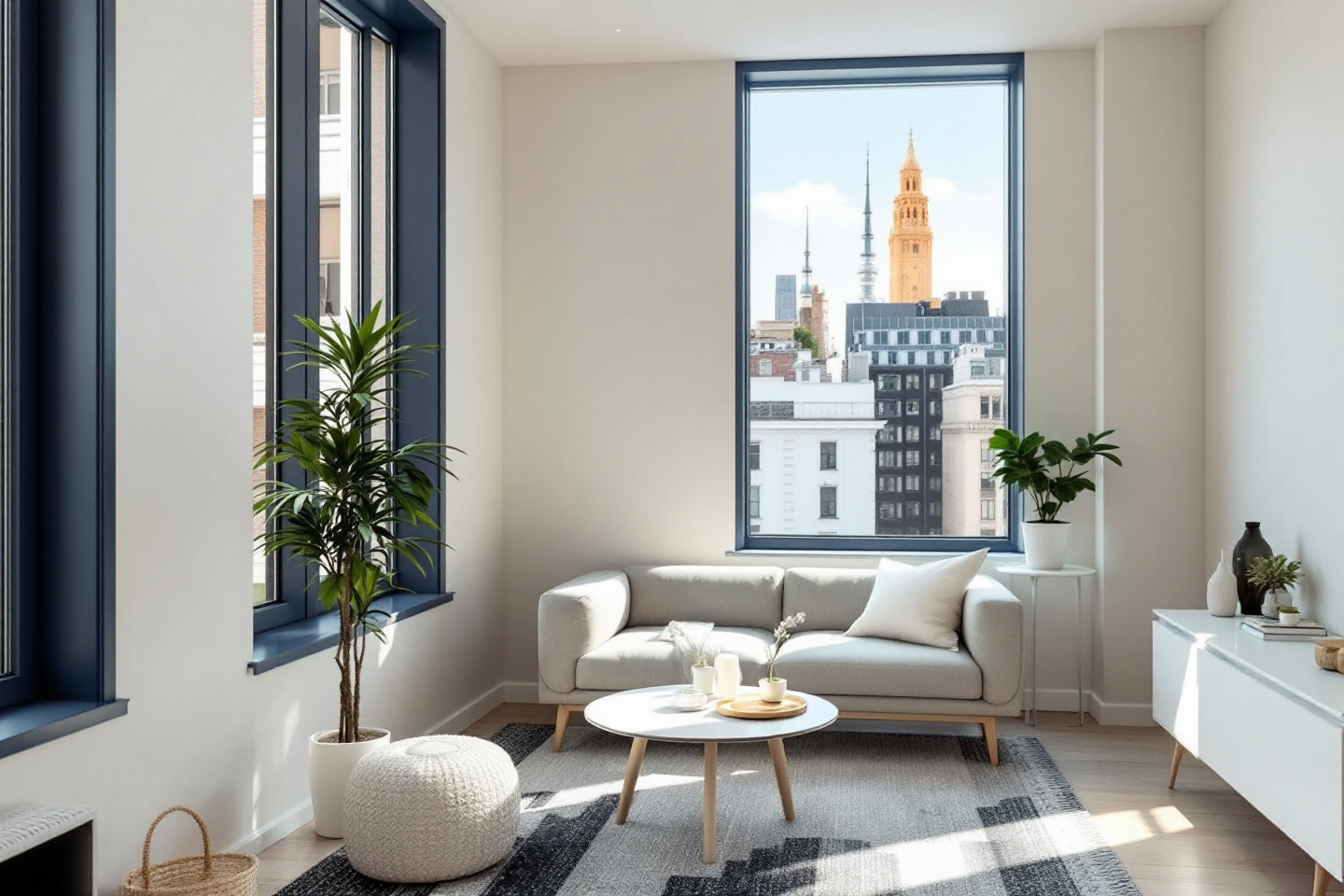Living in a cozy space doesn’t mean you have to sacrifice light, air, or style. The secret weapon for opening up tight quarters? Small space window solutions. From clever placements to multi-functional designs, the right windows can make your studio apartment, attic bedroom, or compact kitchen feel like a penthouse.
Windows do more than let in sunlight—they trick the eye, reshape rooms, and help your space breathe. The right design and installation can boost your home’s aesthetics and functionality, especially when square footage is at a premium.
TLDR – Quick Guide
Short on space but big on ambition? Here’s how smart window choices help:
- Amplify natural light: More light equals more visual space.
- Optical illusions: Tall, wide windows stretch your room’s perceived size.
- Multifunctionality: Bay windows = storage + seating + style.
- Ventilation boost: Smart placement helps air circulate better in small areas.
- Design harmony: Well-matched frames and colors avoid visual clutter.
Implementation Tactics
1. Let the Light In: The Power of Natural Light
Natural light visually enlarges any room. In small spaces, it’s a must-have. Consider:
- Clerestory windows: Positioned high on the wall, they flood the room with daylight without taking up precious wall space.
- Transom windows: Above doors or other windows, these let in extra light and keep privacy intact.
- Picture windows: Fixed, large panes that invite maximum sunshine and don’t intrude on interior space.
More light = less need for artificial lighting, which means both a visual and energy efficiency win.
2. Go Vertical: Height Over Width
If you can’t build out, build up. Tall, narrow windows draw the eyes upward, making ceilings seem higher and rooms feel bigger.
- Great for bathrooms, nooks, or hallways.
- Combine multiple vertical windows for a bold architectural statement.
Tip: Pair vertical windows with vertical lines in décor (like curtains or shelving) for added impact.
3. Bay and Bow Windows: Multi-Tasking Marvels
Bay and bow windows aren’t just pretty—they’re practical.
- They project outward, adding floor space.
- The sill area can double as a reading nook, storage bench, or plant shelf.
- They naturally draw light from multiple directions, making rooms feel more dynamic.
These are especially powerful in living rooms or breakfast areas that need a spatial boost.
4. Sliding and Casement Windows: Maximize Utility
Sliding windows don’t need swing space—perfect for tight spots. Meanwhile, casement windows open outward with a crank, keeping interior space clear.
- Ideal for kitchens, bathrooms, or tiny home builds.
- Choose minimalist frame designs to reduce visual clutter and increase glass area.
Bonus: Casement windows tend to be more energy-efficient than single or double-hung windows.
5. Mirror the Light: Strategic Placement and Reflectivity
Small space window solutions don’t end with the glass. It’s about placement and what’s around it:
- Place windows across from mirrors to double the light.
- Keep window treatments light and sheer.
- Use light-colored walls around window spaces to maximize reflection.
Also, consider window grilles or muntins sparingly—they can chop up visual space and make small rooms feel busier.
Key Takeaways
- Small spaces demand clever design, and smart window solutions offer a big return.
- Use light strategically to open up a room.
- Window shape and operation type (like sliding or casement) matter more than you’d think.
- Bay and bow windows bring bonus storage and aesthetic value.
- Reflective surfaces, sheer treatments, and vertical emphasis enhance the window effect.
FAQs
1. What are the best windows for small rooms?
Casement and sliding windows are top choices—they maximize glass surface and don’t eat up space. Tall, narrow designs also help make rooms feel more open.
2. Can windows really make a small room feel bigger?
Yes. Windows bring in light, which creates an illusion of space. Strategic placement and thoughtful design can make a small room appear significantly larger.
3. How do I add privacy to small space windows without blocking light?
Use sheer curtains, frosted or textured glass, or high clerestory windows. These let light in while keeping prying eyes out.
4. Are bay windows practical in small homes?
Absolutely. Bay windows offer extra floor space, natural light from multiple angles, and can double as storage or seating areas—ideal for maximizing small footprints.
5. Do small space window solutions affect resale value?
Yes. Buyers love bright, open-feeling interiors. Investing in smart window upgrades can make your small home feel larger, which can increase appeal and resale value.



